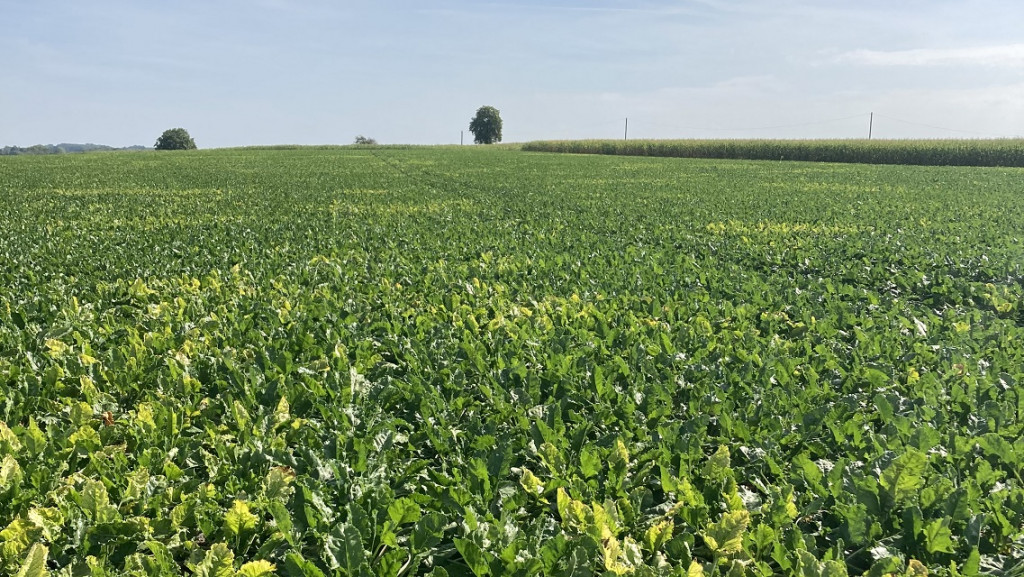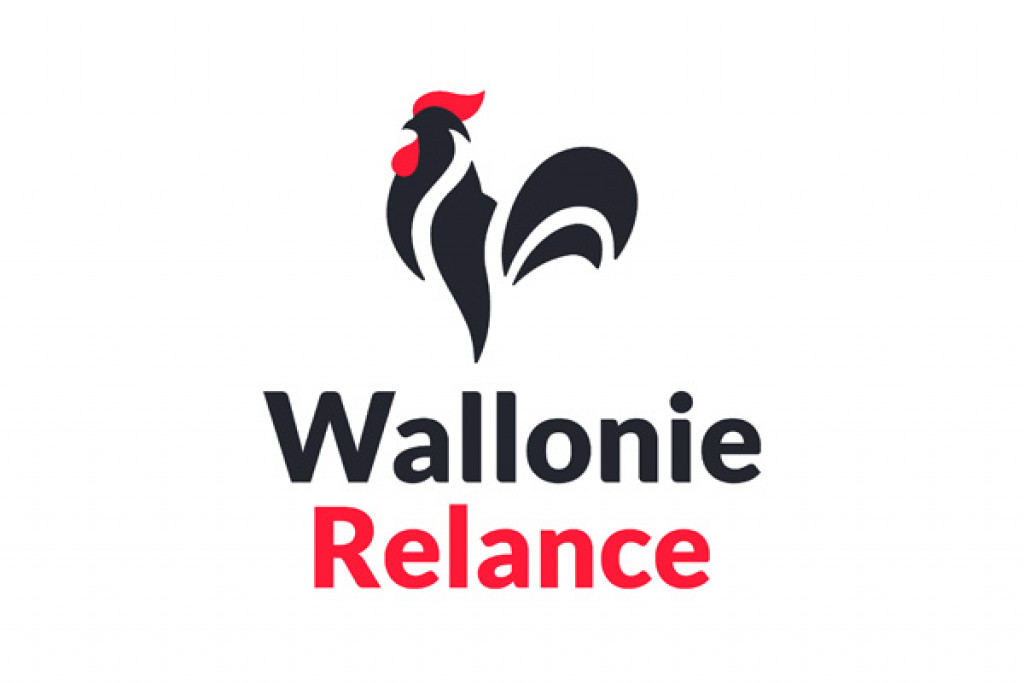yellows combining preventive and curative control methods.
Since Europe banned the use of neonicotinoids in the field in 2018 due to their negative impact on the environment, alternatives to combating insect pests have to be developed in order to replace these insecticide treatments. In sugar beet, aphids carrying beet yellowing viruses are one of the most damaging pests, causing yield losses of up to 30% in yellow rings. However, few active aphicidal substances are still available, and resistance is becoming evident. It is therefore becoming urgent to develop a more global control strategy, taking into account both the dynamics of the spread of beet yellows on a landscape scale and all the preventive levers available.
Against this backdrop, the VIROBETT project (2022-2024), run jointly by IRBAB and CRA-W, is focusing on three main areas in order to respond directly to the needs of the beet sector in the fight against beet yellows.
The first focus consists of improving our understanding of the dynamics of the spread of beet yellows through observations of aphid vectors and beneficial insects in a network of 32 fields. These observations will then be compared to the land use around the fields to understand the influence of the environment on the incidence of beet yellows.
The second focus aims to develop new methods of controlling beet yellows, such as combining beet with another crop (barley), tolerant varieties or biocontrol products that are effective against aphids and selective towards auxiliary agents.
Finally, the various different control methods identified as relevant will be implemented in the final year on pilot farms to assess their technical and economic feasibility.
At the end of the three years of research, new integrated pest management strategies will be proposed for farmers, taking into account the landscape context of the land concerned.
Funding: Wallonia Recovery Plan (Plan de Relance de la Wallonie)
Photo caption: Field of beet showing symptoms of beet yellows.



